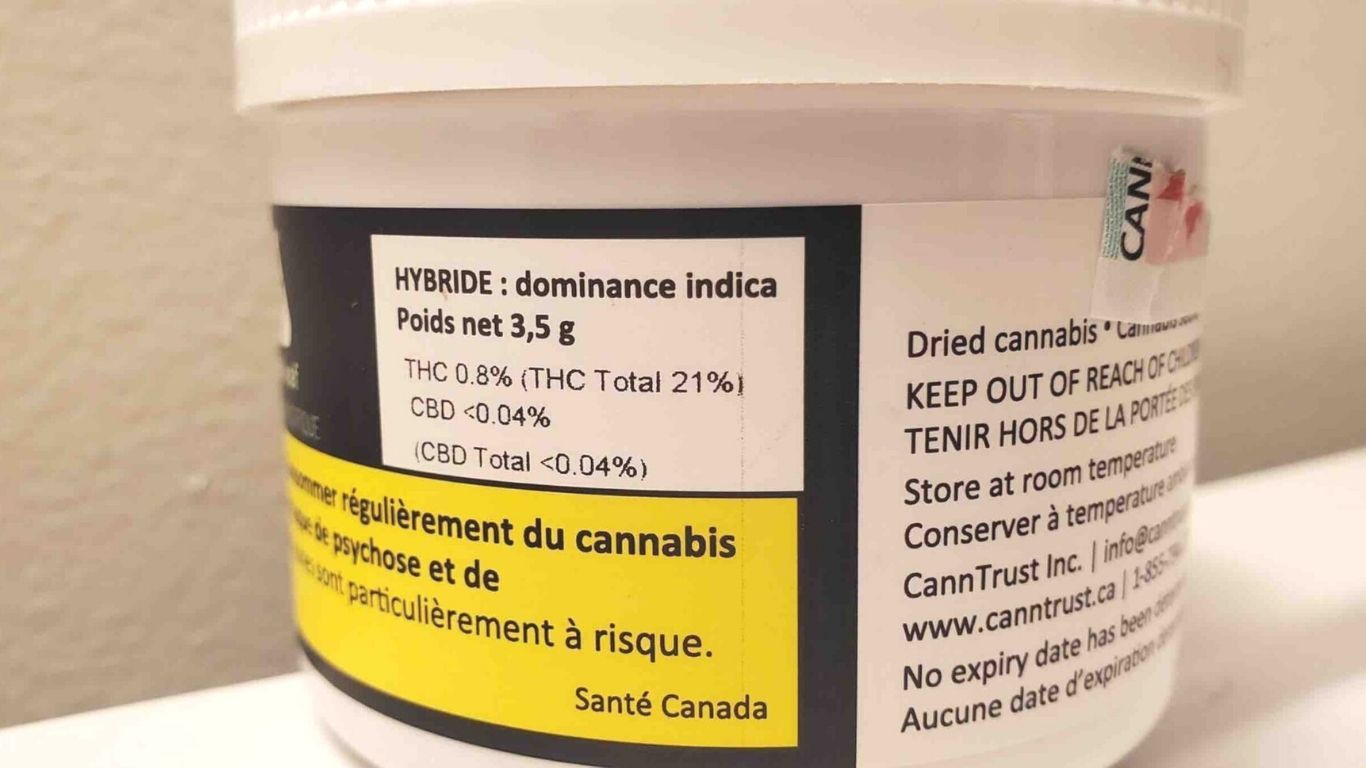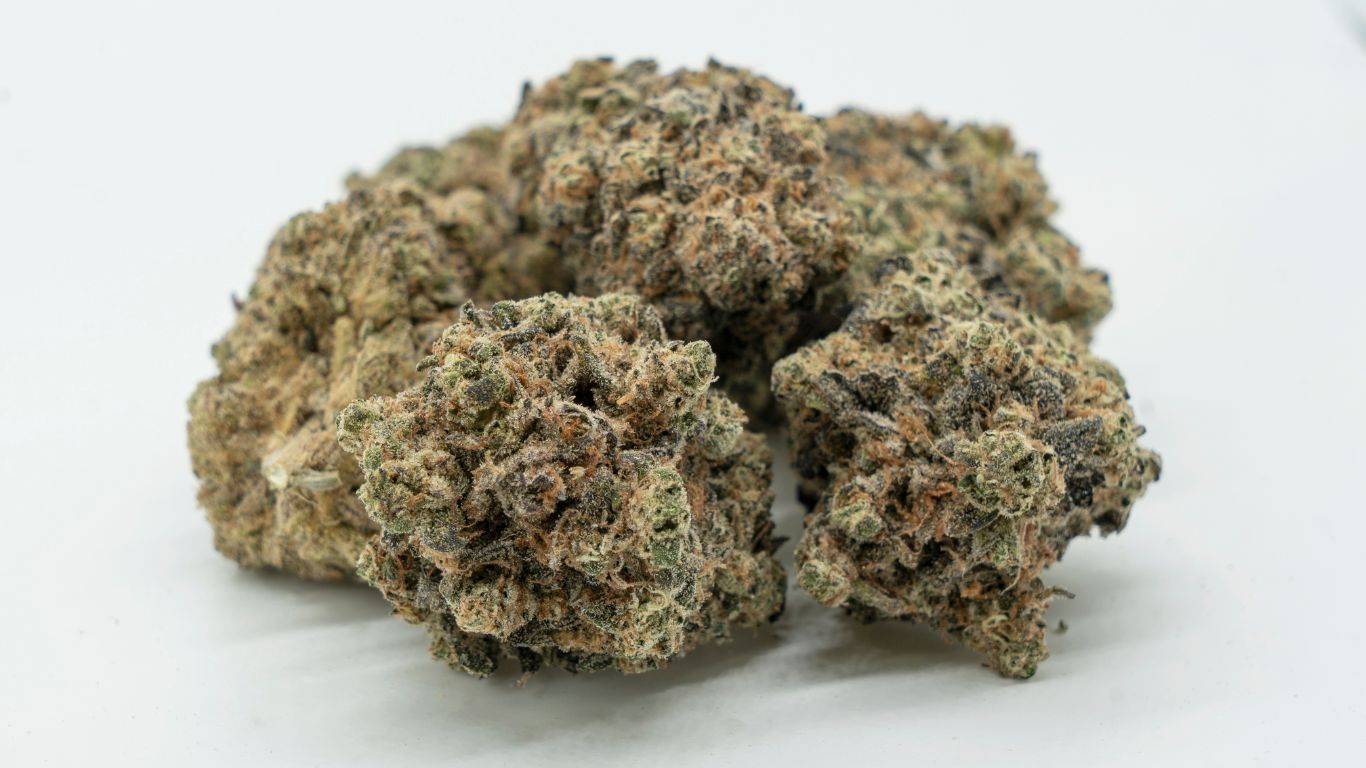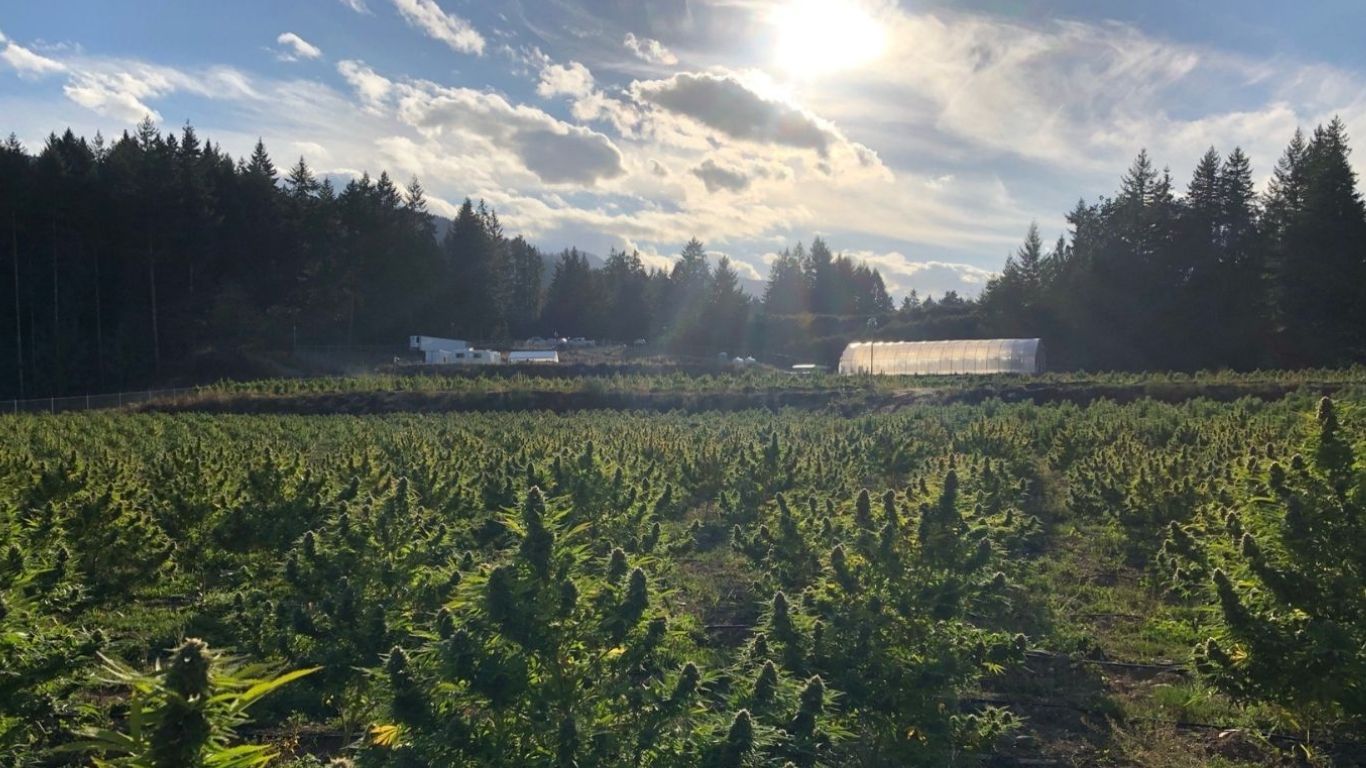
The Canadian cannabis industry – from LP to consumer – puts a heavy emphasis on THC levels in dried flower. But how accurate is the reporting? Cannabis flower, as an organic product, has fluctuating levels of cannabinoids across the plant. Ultimately, it’s critical that LPs send representative samples that reflect lot variability.
“We can only test what we’re given,” says Brad Gorski, Head of Laboratory at Zenalytic Laboratories in Kelowna, BC. “I am sure most growers will send the best product for testing purposes.”
That only makes sense – and isn’t necessarily duplicitous. But it means that the THC levels appearing on product labels, which are intended to help inform consumer decision-making, are not perfect.
Not all labs are created equal
Labs can also introduce variability.
“Chromatographs are highly accurate machines that need to be calibrated daily – and throughout the day,” says Ryan Lee, founder of Chemovar Corp. “It’s just like a Ferrari. But you can still drive a Ferrari into a wall.”
A proper lab will not only calibrate scales and pipettes, it will also use automatic dilution instruments that help to remove analyst technique bias. However, the calibration itself can be problematic.
“It is easy to adjust calibration to provide higher results,” says Daryl Patterson, Customer Service & Marketing Lead, Food & Pharma in A&L Canada Laboratories’ expanding cannabis division. “To ensure against this, at times it’s important to use two different comparison standards: one standard for calibration, and another as an instrument quality control check. Data analysis can also be affected depending on the analyst, or the software used.”
Practices also vary. Cryogenic grinding, for example, is one of the best methods to ensure against the loss of cannabinoid compounds, but it presents challenges when processing large sample sizes.
“The grinding and homogenization of flower samples, and how the sample is subsampled, tends to cause a lot of variability,” says Gorski. “Each lab also has an internal quality control that can vary.”
Unique challenges of dried flower
To remove even the perception of bias it can help to have third party validation, such as the ISO 9000 system, which can include random audits. However, even with the best lab practices, variables are introduced as result of lot variability. For THC, experts estimate that this is in the 3% to 4% range – and can sometimes be even higher.
“This means if you have a 20% lot, there will be a range from 18% to 22%,” says Patterson. “It makes it very hard to sell when the industry is using hard cut offs like 18% or 20% for purchasing.”
It might make more sense to sell products with a range of THC levels, or even to use colour codes. The problem is that cannabis was first legalized under a medical model, where both prescribed and over the counter medications require specific valuations.
“We’re dealing with a plant, yet treating flower like a formulated pharma product,” says Patterson. “It’s a problem that stems from the buyers or regulators only wanting to have one value for a flower lot. In my opinion, the industry should accept multiple THC results in order to realize the lots’ variability, and then average.”
While the obsession with cannabinoid levels can seem overdone, there are reasons beyond consumer preference for getting the numbers right.
“It’s a safety issue,” says Lee. “THC is psychoactive, and the regulator has to be looking out for the least experienced consumers. Not only is labelling THC important, but also for CBD, which is like grapefruit or grapefruit juice in that it can interfere with the metabolism of other drugs.”
Then there is the issue of ingestion. To eat or drink a cannabis product with a specific THC or CBD level is similar to taking any other medicine: the product is metabolized after it is ingested, with body weight and individual sensitivity determining the effect.
“There are issues with the stability of the product in dried flower,” says Moe Hararti, QA/QC Director at CannaLabs in London, ON. “All cannabinoids, including THC, will degrade over time. Dried flower products have a shelf life, but as time goes on the THC, as well as other cannabinoids levels, may not be representative.”
For its part, CannaLabs’ analytical methods are validated based on specificity, accuracy, precision, limit of detection/quantitation, robustness, and stability of sample and standard solutions. For example, to validate analytical methods for precision, CannaLabs will inject one sample six times to ensure injection precision repeatability.
Precision must also be ensured for sample preparation, and to this end CannaLabs prepares the same sample six times, and tests. It is critical that variation is under 2%, with the final number arrived at via a regression calculation. There are also rigorous assessments to ensure the robustness of the analytical method.
A stable product, safely delivered
The next challenge is to find a way to ensure that those results remain stable over time.
“A good approach would be to conduct stability tests,” says Dr. Harati. “Then you could have a label indicating that if a product was stored in ambient condition, a refrigerator or a freezer – at a specific temperature – it would be good for six or twelve months after production. Or, you could modify/optimize your final product, add a stabilizing agent, or do an excipient compatibility study. However, most smaller producers are farmers – they often don’t have the budget or the scientific background. For medicine, pharmaceutical regulations require expiry dates. But cannabis is not big pharma.”
The problem isn’t exclusive to dried flower. In any form, THC and CBD will degrade due to oxidation. The industry is working on ways to improve formulations to slow the process.
“My concern is that you can have a high THC in a finalized product, but it may not be delivered or absorbed by the body completely,” says Harati. “Of product with 18% THC, what percent is released and being absorbed effectively in your body? It comes down to how the finished product is formulated, its delivery mode, and the bioavailability of the materials.”
At present, cannabis preference is subjective, and based on a consumer’s familiarity. For the most part, this is a learned experience, and not based on scientific recommendations, as is the case with alcoholic beverages, where there are specific definitions of a “drink”, whether one is discussing beer, wine, or spirits.
“A 20% THC level for a gram of cannabis means 200 milligrams per gram,” says Lee from Chemovar Corp. “But how many milligrams are delivered in your bloodstream when you are smoking? It depends on how deeply you inhale, how long you hold it in, whether you are smoking with a pipe or a bong, even how loosely rolled a joint is.”
Ultimately, THC variation of one or two percentage points have a limited effect on a consumer’s experience – and final valuations themselves are often not perfectly accurate. Surely, there is a better way to produce and market cannabis.











